Adam’s Profile Reports: Air and Space Exhibits at the Museum of Science and Industry, Chicago
Vintage Aviation News
APRIL 25, 2025
Because the aircraft would be hanging from the structure of the Transportation Gallerys balcony, the left wing was removed from the aircraft, with only the right wing brought inside for reattachment, along with the tail stabilizers and the engines.

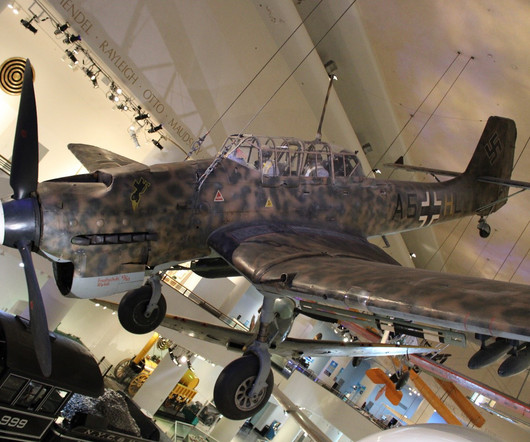

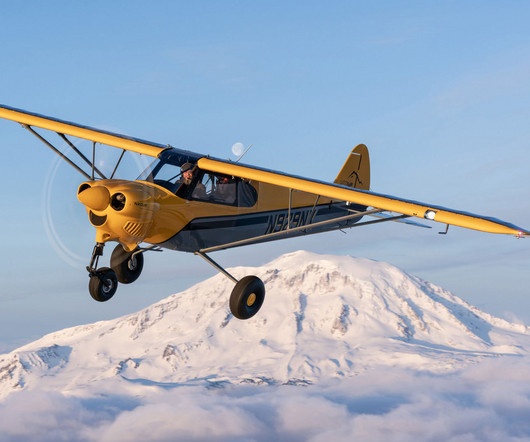
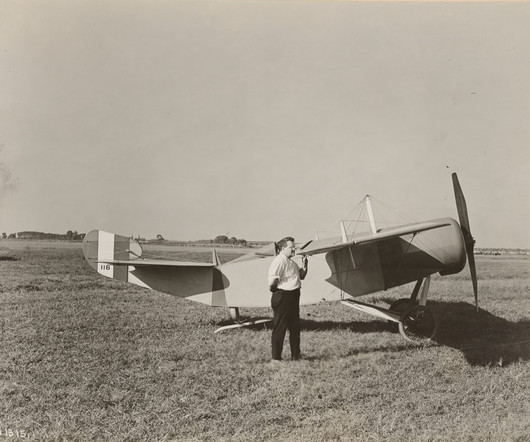


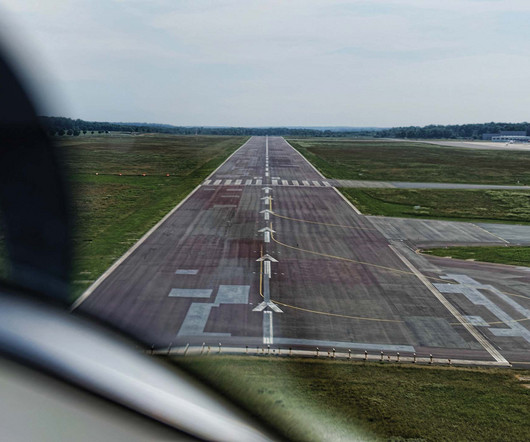
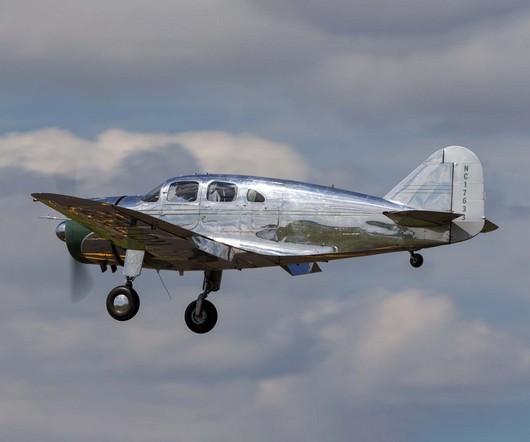









Let's personalize your content